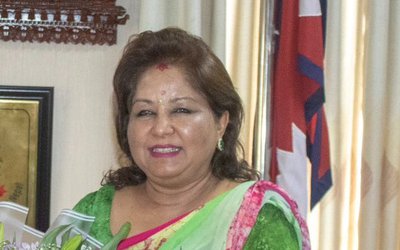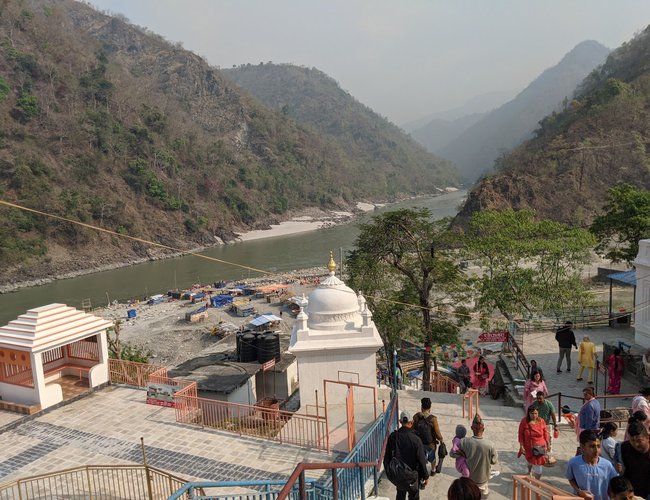
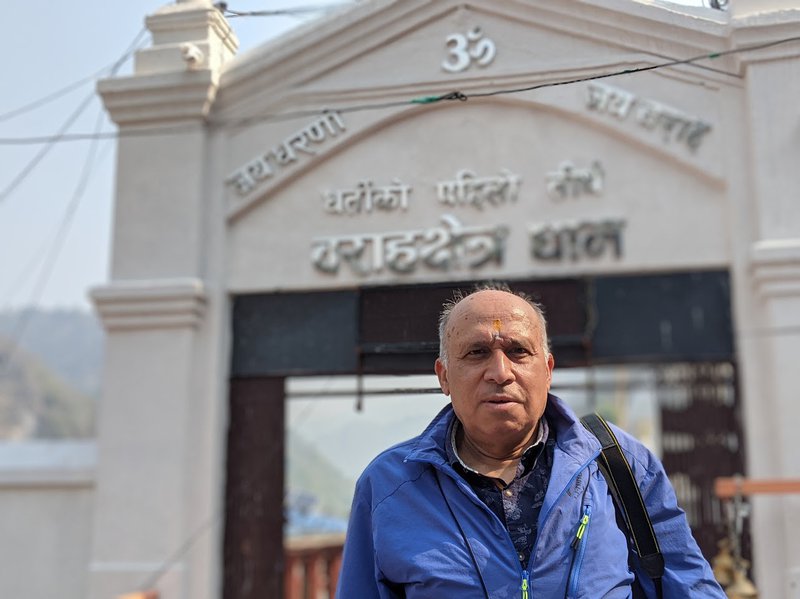
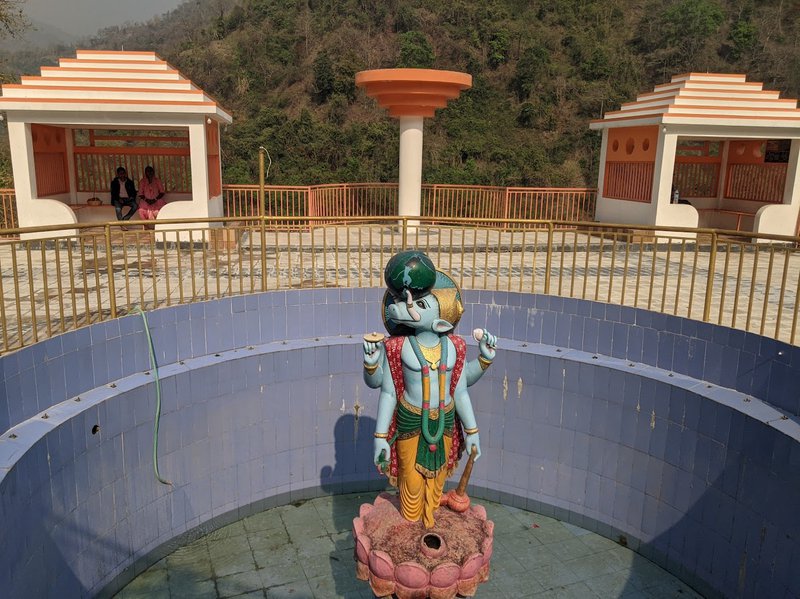
The Maha Kumbha in Barahkshetra is a revered festival that takes place in the sacred Koshi (Kaushiki) River. The Maha Kumbha Mela in Barahkshetra is set to begin today, signifying a momentous occasion in the hallowed land of ancient Jambhu Deep. This area is home to numerous sacred sites linked to revered deities, and the politicization of its geography has stirred controversy within the Sanatan religion.
In Nepal, the occurrence of Mahakumbha Mela has caused confusion among the populace, as the traditional Kumbha Mela is typically held at four sacred riverbanks in India. To distinguish the Koshi Mahakumbha, some have proposed renaming it as Kaushiki Mahakumbha.
President Ram Chandra Poudel is set to inaugurate the 12th annual Mahakumbh Mela today at Chataradham, a sacred site in the Barahakshetra Municipality of Sunsari, Nepal. This significant Hindu pilgrimage and festival holds immense spiritual importance for Hindus. The Kumbh Mela, rooted in Hindu mythology, commemorates the places where drops of divine nectar fell.
It is celebrated at five locations, including Chataradham in Nepal, as well as Haridwar, Prayag, Nashik, and Ujjain in India. The Mahakumbh Mela at Koshi river, also known as Kaushiki Mahakumbha, is linked to Saint Rishi Kaushik. Renowned heritage and environmental conservationist Prakash Mani Sharma suggests that "Kaushiki Mahakumbha" would be the most appropriate name for this event. Efforts will be made to establish Mahakumbh as Kaushiki Mahakumbha through proper channels, as stated by Sharma on his Facebook wall.
What Is Kumbha?
According to Wikipedia https://en.wikipedia.org/wiki/Kumbh_Mela
, Kumbh Mela or Kumbha Mela is a major pilgrimage and festival in Hinduism. It is celebrated in a cycle of approximately 12 years, to celebrate every revolution Brihaspati (Jupiter) completes, at four river-bank pilgrimage sites: Prayagraj (Ganges-Yamuna-Sarasvati rivers confluence), Haridwar (Ganges), Nashik (Godavari), and Ujjain (Shipra).
The festival is marked by a ritual dip in the waters, but it is also a celebration of community commerce with numerous fairs, education, religious discourses by saints, mass gatherings of monks, and entertainment. The seekers believe that bathing in these rivers is a means to prāyaścitta (atonement, penance, restorative action) for past mistakes, and that it cleanses them of their sins.
The festival is traditionally credited to the 8th-century Hindu philosopher and saint Adi Shankara, as a part of his efforts to start major Hindu gatherings for philosophical discussions and debates along with Hindu monasteries across the Indian subcontinent.
However, there is no historical literary evidence of these mass pilgrimages called "Kumbha Mela" prior to the 19th century. There is ample evidence in historical manuscripts and inscriptions of an annual Magha Mela in Hinduism – with periodic larger gatherings after 6 or 12 years – where pilgrims gathered in massive numbers and where one of the rituals included a sacred dip in a river or holy tank.
Jagat Guru Bal Santa Mohansharan Devacharya, the founder of the Kumbh Mela, anticipates the participation of high-level dignitaries including the President, Vice President, Prime Minister, Chief Justice, government ministers, and other prominent figures. Additionally, religious leaders from Nepal, India, Bhutan, the Americas, Australia, Canada, Europe, and more are expected to attend.
Over 2,000 security personnel, including members of the Nepali Army, Armed Police Force, and Nepal Police, will ensure the safety of visitors. Organizers have constructed bathing areas, sanitation facilities, temporary shelters, and medical centers to accommodate the large number of expected devotees.
Koshi Mahakumbha Mela
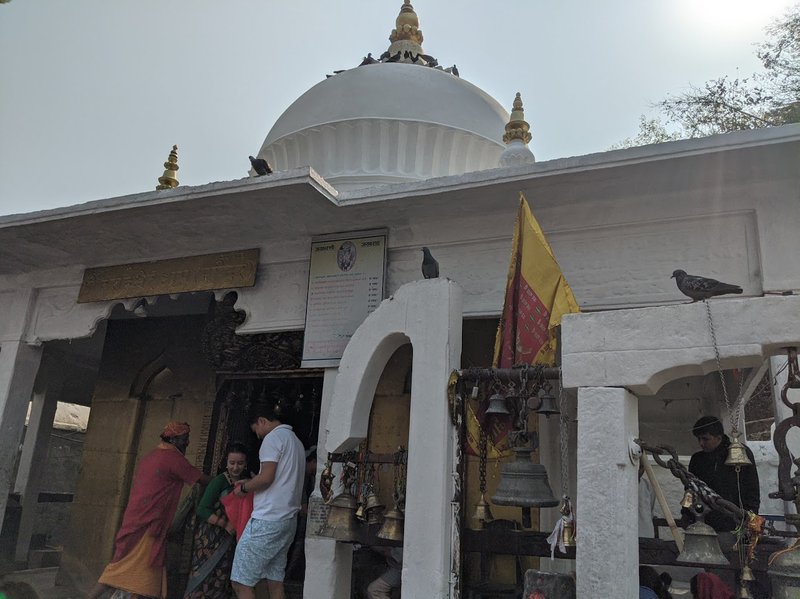
As the Mahakumbha Mela in Koshi River nears its final preparations, followers from various regions of Nepal and India are beginning to gather in Barahachhetra, Koshi province, to participate in the sacred bathing ritual. Scheduled to commence on April 9, the Mahakumbha Mela in Barahachhetra, Koshi Province, is gaining recognition among the Santani Communities in the area. Information regarding the event can be found on the personal website of Jagatguru Shri Balasant Mohansharan Devacharya, who initiated the Mela in Koshi.
Accoding to https://www.jagadgurunepal.org.np/
, he proved that Chataradham located in Sunsari, Barahkshetra, Nepal, is the ancient Haridwar. He was coffered Jagatguru title by the formal decision of the 140-year-old "Kashi Pandit Sabha", in presence of hundreds of distinguished scholars of Vedic Sanatan Dharma, on April 14, 2010. He was conferred with the title of Jagadguru at the age of 33.
Jagat Guru And Mahakumbha
For a considerable period, Jagat Guru has persistently conducted research in the religious domain of Nepal, diligently studying the religious, archaeological, historical, cultural, and touristic sites that are on the verge of disappearing.
Nevertheless, there are individuals who contend that the name should be altered to Kaushiki Mahakumbha, as a gesture of reverence towards Kaushik Rishi, whose name is associated with the Koshi river.
Despite the present era necessitating unity among Sanatani or Hindus, the organizers of Koshi Mahakubha must also strive to prevent any divisions.
Origin Of Koshi
The name of Koshi river links to the name of Saint Kaushik who brought Koshi river in earth. Kusaha, where the breach in the Kisi River embankment took place on 18 August 2008, is said to be a diminutive form of Kaushik Ashram, the home of the Rishi Vishvamitra, believed to be the author of the Rig Veda, one of holiest books of the Hindus. There are a few other villages in the area named Kusaha as well, and in all likelihood the sage could have lived in any of those, too. According to Hindu mythology, Kaushiki, or the River Kosi as it is called today, is Vishvamitra's elder sister. Let us look more closely at some of the stories and legends from this part of Southasia.
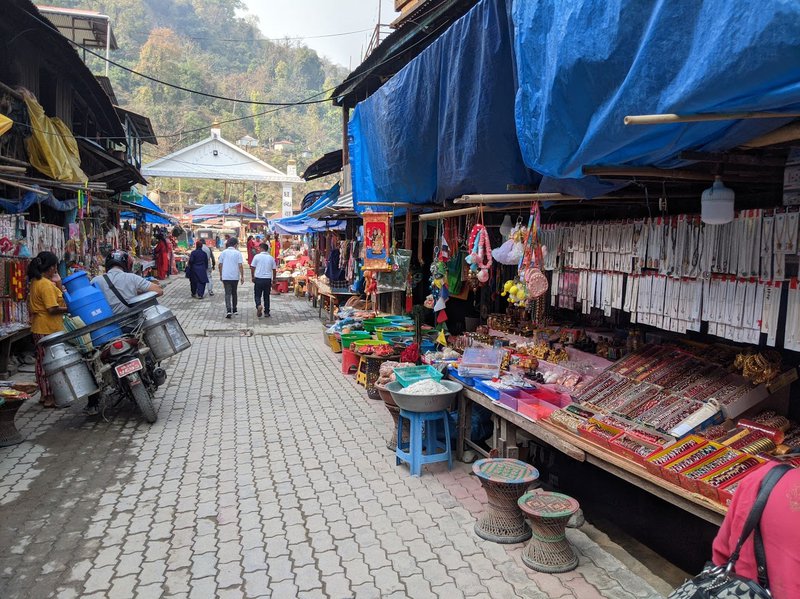
One story is about an eminent ascetic named Richeek, of Rishi Bhrigu's lineage, who was given to deep meditation. One day, he went to the palace of King Gaadhi, son of King Kaushika, and asked for the hand of his daughter, Satyavati. Gaadhi was a royal and Richeek an indigent Brahmin, and hence the king turned down the proposal. But as Richeek was leaving, the king, making what he believed to be an impossible demand, told Richeek that if he could present him with a thousand horses, as fair as the moon, as swift as the wind and each with one dark ear, then he would accept the proposal. Richeek proceeded to beseech the god Varun for the horses, which the latter made available through the River Ganga. Legend has it that it was at Asvatirtha, near Kannauj in Uttar Paradesh, on the banks of the Ganga, where the river delivered the horses. Richeek went to the king with the thousand horses, and the king dutifully allowed his daughter Satyavati to marry the poor, aged ascetic.
Male progeny of Kaushik are known as Kaushik, while females are known as Kaushiki. As such, Satyavati was called Kaushiki and Visvamitra was called Kaushik, and thus Kaushiki was the elder sister of Visvamitra. When she died, Satyavati is said to have taken on the form of the River Kaushiki. Years later, when Vishvamitra was moving from Ayodhya towards Sonebhadra (the Sone River) with Ram and Lakshman, he acquainted the two princes with his elder sister. The verses relating to this episode appear in Valmiki's Ramayana. In the Bal Kaand section (Verse 34), the episode is narrated as follows: Renewed Koshi expert Dinesh Kumar Mishra https://www.himalmag.com/reportage/the-legends-of-kosi
Mahakumbha In Koshi
Nepal's sacred Maha Kumbh Mela, a spectacular religious festival, begins on April 9th at the holy Chatara Dham on the banks of the Sapta Koshi River in the Baraha Kshetra of Sunsari district. The festival, held every 12 years, offers a unique and extraordinary display of faith for pilgrims from around the world.
The Mahakumbha Mela in Chataradham is to be held this year from coming April 9 to May 10 in Barahkshetra Municipality-1 of Sunsari.
Some three million pilgrims from home and abroad are expected to visit the grand fair, said Joint-Chair of the Organizing Committee and Mayor of Barahkshetra Municipality, Ramesh Karki.
Meanwhile, 80 percent of the work related to the preparation of the fair has been completed, said vice president of the main organizing committee, ward president of Barahkshetra-2, Hom Prasad Gautam.
In Barahkshetra, Kumbha Mela has been organized since 2059 BS, with Ardha Kumbha mela held in every six years and Purna Maha Kumbha mela in every 12 years.
Kumbha Mela is being organized since a long time in four places of India Allahabad (Uttar Pradesh), Ujjain (Madhya Pradesh), Nashik (Maharashtra) and Haridwar (Uttarakhand).
It is said that the Kumbha Mela is being organized in this area as the Barahkshetra located on the banks of the Saptakoshi River and the Pindeshwar Dham of Dharan are linked with the Kumbha Mela, a gathering of Hindu devotees held four times over the course of twelve years, as per Hindu Mythology.
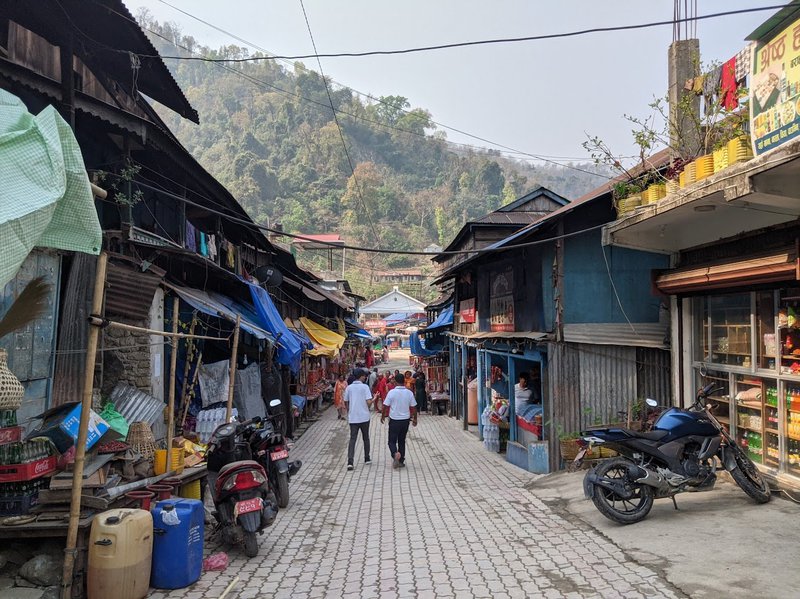
With the beginning of Koshi Mahakumbha on Tuesday, it is imperative for Jagati Guru to promote unity among all Santantis of Bharat Barshe, Bharat Khande Jambu Dip, emphasizing that spiritualism transcends boundaries unlike politics. It is hoped that Koshi Mahakumbha will foster unity among Hindus and Sanatani.
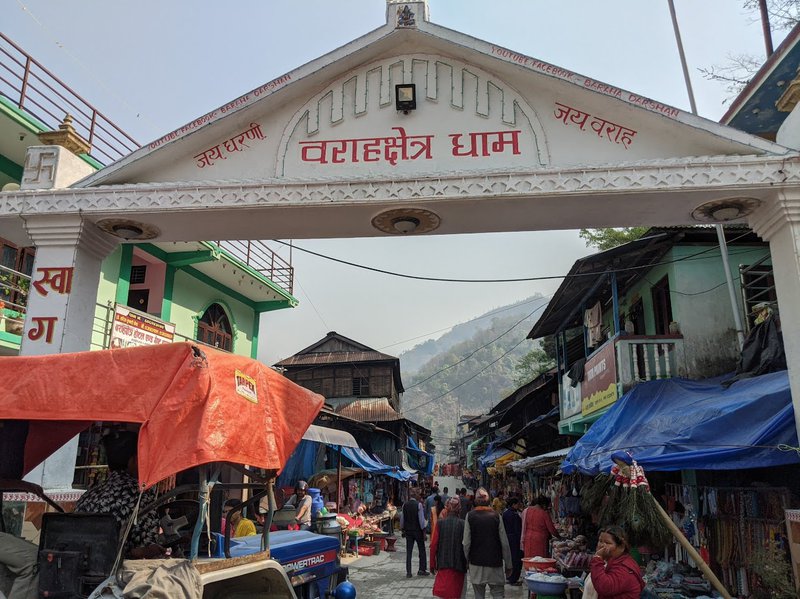
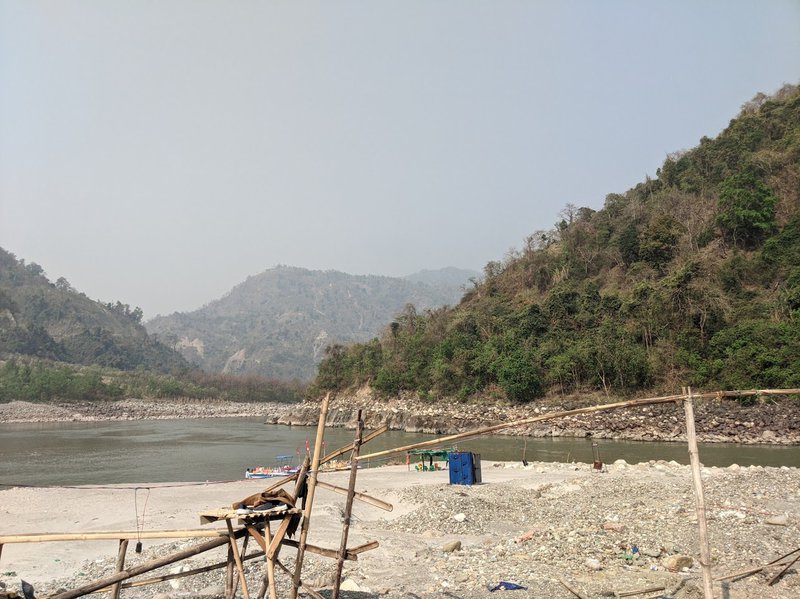
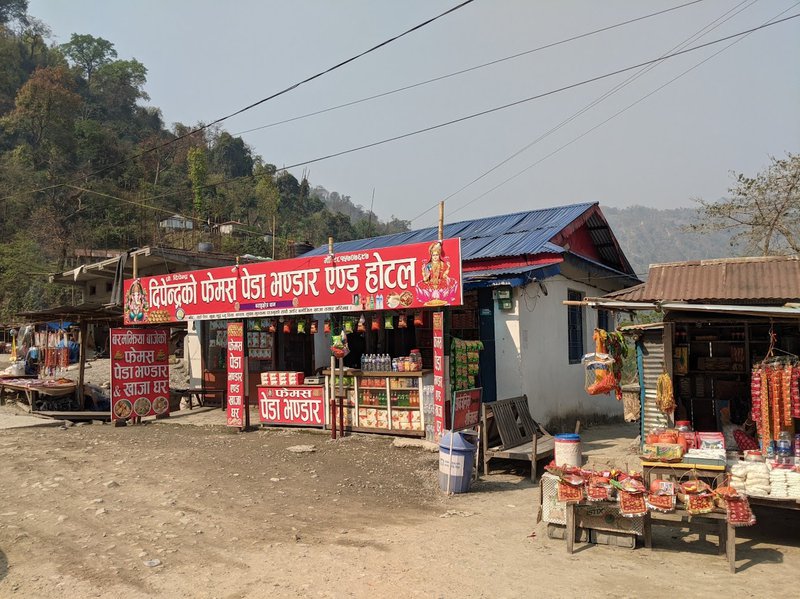
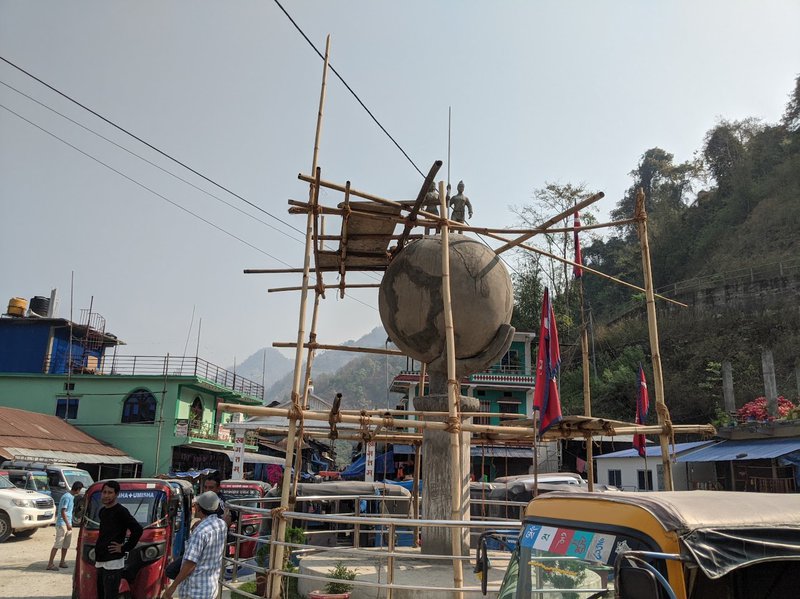

Keshab Poudel
Poudel is the editor of New Spotlight Magazine.
- HELVETAS NEPAL’S RIVERBED FARMING: Shift From Overseas To Local Farming
- Jul 26, 2024
- POLITICAL SCENARIO : K.P. Sharma Oli's Resurgence
- Jul 21, 2024
- UNDP/MinErgy: An Inventive Approach To Clean Brick Kiln
- Jul 19, 2024
- HELVETAS NEPAL: Nutrition Through Riverbed Farming
- Jul 18, 2024
- NOU Opens To All: Dr. Shilu Manandhar Bajracharya, Vice Chancellor
- Jul 15, 2024






